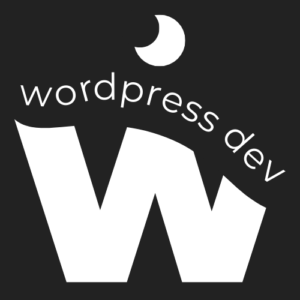In the world of website performance optimization, Largest Contentful Paint (LCP) plays a crucial role in determining user experience and search engine rankings. As a key metric within Google’s Core Web Vitals, improving LCP in WordPress websites is essential for ensuring fast loading times and engaging user experiences. In this guide, we’ll explore strategies to enhance LCP and elevate your WordPress site’s performance to new heights.
Understanding Largest Contentful Paint (LCP)
Largest Contentful Paint measures the time it takes for the largest content element on a webpage to become visible to the user. This typically includes images, videos, or text blocks that carry significant visual weight. A fast LCP contributes to quicker page rendering and enhances perceived loading speed, leading to improved user satisfaction and retention.
Identifying Factors Affecting LCP in WordPress
Several factors can impact LCP in WordPress websites, including:
- Large Media Files: High-resolution images and videos can significantly increase LCP if not optimized for web delivery.
- Render-Blocking Resources: CSS and JavaScript files that delay page rendering can prolong LCP.
- Server Response Time: Slow server response times can hinder LCP, especially for dynamic content.
- Third-Party Scripts: External scripts and plugins may introduce additional rendering delays, affecting LCP.
Strategies to Improve Largest Contentful Paint in WordPress:
- Optimize Images and Videos: Compress and resize media files to reduce their file size without compromising quality. Utilize image formats like WebP and lazy loading techniques to prioritize critical content.
- Minimize Render-Blocking Resources: Use tools like WP Rocket or Autoptimize to concatenate and minify CSS and JavaScript files. Implement asynchronous loading for non-essential scripts to improve page interactivity.
- Enhance Server Performance: Choose a reliable hosting provider with optimized server configurations and content delivery networks (CDNs) to reduce server response times and enhance LCP.
- Limit Third-Party Scripts: Evaluate and remove unnecessary plugins and scripts that contribute to prolonged loading times. Consider alternatives or asynchronous loading methods for essential third-party integrations.
Testing and Monitoring LCP Performance
Utilize tools like Google PageSpeed Insights, Lighthouse, or WebPageTest to analyze your WordPress site’s LCP performance. Regularly monitor LCP metrics and implement ongoing optimizations to maintain fast loading times and superior user experiences.
Conclusion
Optimizing Largest Contentful Paint in WordPress is essential for delivering fast, engaging, and user-friendly websites. By implementing the strategies outlined in this guide, you can enhance your site’s LCP performance, boost search engine rankings, and delight visitors with seamless browsing experiences.
For more insights on WordPress plugins, SEO, and website management, visit https://wordpressdevblog.com. Keep your website’s navigation on track with the right redirection strategy.

